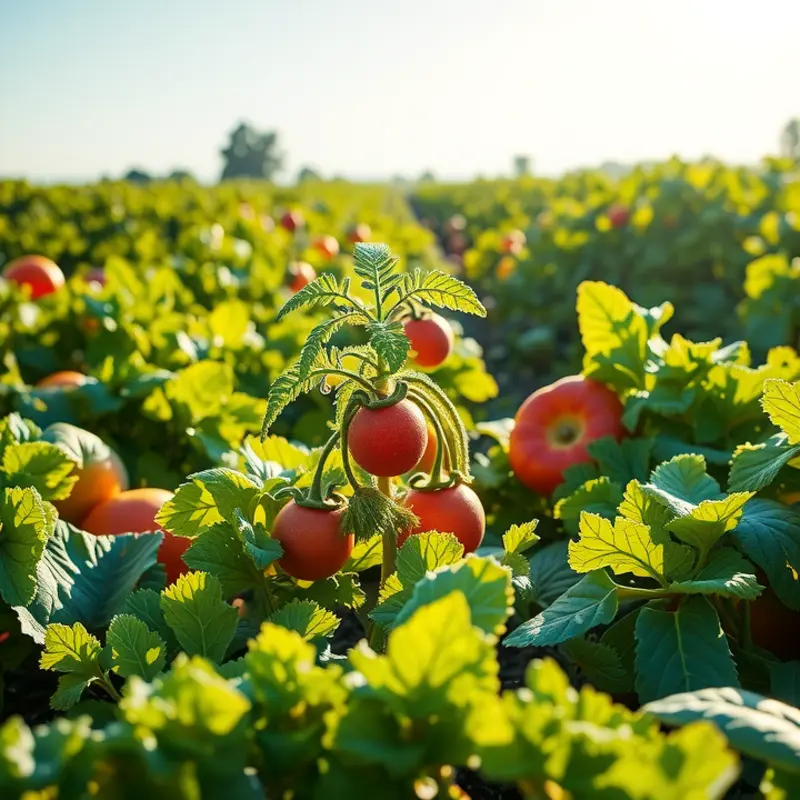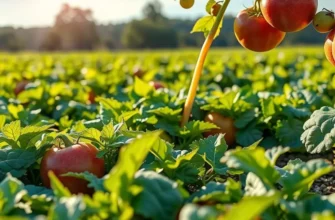Freezing is an excellent way to extend the shelf life of food, reduce waste, and save money. By following safe freezing guidelines, you can preserve the freshness and nutritional value of your groceries. This guide offers practical tips for effective food management at home, ensuring you get the most out of your frozen items while keeping your meals safe and delightful.
Understanding Freezing Basics

Freezing is a simple yet effective way to preserve food, ensuring both safety and quality are maintained. At its core, freezing slows down the activity of microorganisms and enzymes that can lead to spoilage. This significant temperature drop halts bacteria, ensuring your food remains safe over extended periods.
A critical aspect of freezing is understanding how it works on a molecular level. When food is frozen, the water inside forms ice crystals. If freezing is done slowly, large ice crystals can develop, puncturing cell walls and potentially compromising texture and taste. Faster freezing methods produce smaller crystals, preserving the food’s original quality more effectively.
Preparation is key to successful freezing. Start by cooling foods quickly before freezing to maintain quality. Blanching vegetables briefly in boiling water, followed by immediate cooling in ice water, is a helpful step. This method halts enzyme activity and enhances color retention.
Adopting the right techniques for different food types is also vital. For instance, meats benefit from being cut into meal-size portions before freezing. This not only saves time during meal prep but also reduces the risk of partial thawing when you only need a portion. Liquids, such as soups or sauces, should be frozen in shallow, air-tight containers, leaving some room for expansion.
Another important factor is container selection. Avoid using containers that can crack or are porous enough to let air or moisture leak. For dry goods and leftovers, durable, airtight containers or heavy-duty freezer bags are excellent choices. Foods like berries should be frozen first on a tray and then transferred to a bag, preventing them from clumping together.
Packaging plays a crucial role in maintaining food quality in the freezer. Remove as much air as possible to prevent freezer burn, a condition that occurs when air meets food surfaces, leading to dry and discolored spots. Consider using vacuum sealing for a more precise approach to air removal.
Labeling packages with the date and contents helps manage freezer inventory more effectively, a practice beneficial for minimizing food waste. This proactive approach to labeling ensures you use older items first, maintaining a regular rotation and reducing the risk of overlooked food.
For more sustainable kitchen storage techniques, you may explore eco-smart kitchen storage solutions, which can offer guidance on minimizing waste.
Incorporating these best practices ensures that your freezing techniques not only extend the shelf life of your food but also safeguard its flavor and texture. The proper understanding and application of these methods are essential for anyone looking to master the art of food preservation.
Best Practices for Freezing Food

Freezing food effectively involves a blend of preparation, packaging, and labeling. These elements ensure the food retains quality and safety. Before freezing, it’s crucial to prepare foods correctly. For fruits and vegetables, blanching is an essential step. Blanching helps to stop enzyme actions that can lead to food spoilage, preserving flavor and texture.
When it comes to meats and poultry, removing excess fat can help prevent freezer burn. Make use of vacuum-sealing techniques whenever possible to extend the food’s shelf life and maintain its quality. Transparent plastic wrap and foil are traditional options; however, vacuum-sealable bags provide a superior barrier against air exposure.
Home cooks often overlook labeling, but it is a vital part of the freezing process. Use permanent markers to label packaged foods with the date of freezing and type of food. This helps in tracking the food’s viability and maintaining a timely rotation system in your freezer.
Not all foods freeze equally well. For instance, casseroles, soups, and sauces tend to freeze successfully, whereas foods like cream-based dishes and some fresh produce, such as lettuce, may lose their texture. For more detailed guidelines on specific items, explore safer storage of sauces for more insights.
Avoid placing hot foods directly into the freezer. Allow foods to cool to room temperature before freezing. This prevents condensation from forming, which could lead to ice crystals that damage the food’s texture upon defrosting.
Defrosting is equally crucial in maintaining food safety. Foods should be defrosted in the refrigerator, not on the counter, to avoid bacteria growth. If you’re short on time, use a microwave’s defrost setting before cooking. For meats and fish, a cold water bath can be effective but requires constant attention to ensure the water stays cold.
Do remember, refreezing thawed food can compromise quality and safety unless the food remains cold enough, typically below 40°F. By understanding these best practices, one can not only reduce food waste but also save money. The eco-friendly advantages of effective food freezing can be further maximized by considering sustainable storage practices, such as using reusable containers.
In culinary planning, freezing opens up myriad opportunities. Utilizing these freezing techniques efficiently can enhance meal planning and reduce cooking stress through better ingredient management, as discussed in practical ingredient batching. With these best practices in place, freezing can be a powerful tool in the kitchen arsenal.
Final words
Proper freezing techniques can significantly improve your food storage and reduce waste at home. By understanding the basics and following essential best practices, you can ensure the safety and quality of your frozen selections. Adopting these guidelines will not only help you save money but also allow you to enjoy delicious meals prepared from fresh ingredients later. Keep these tips in mind, and you’ll become a savvy food manager, ready to tackle the challenges of meal prep with confidence.







